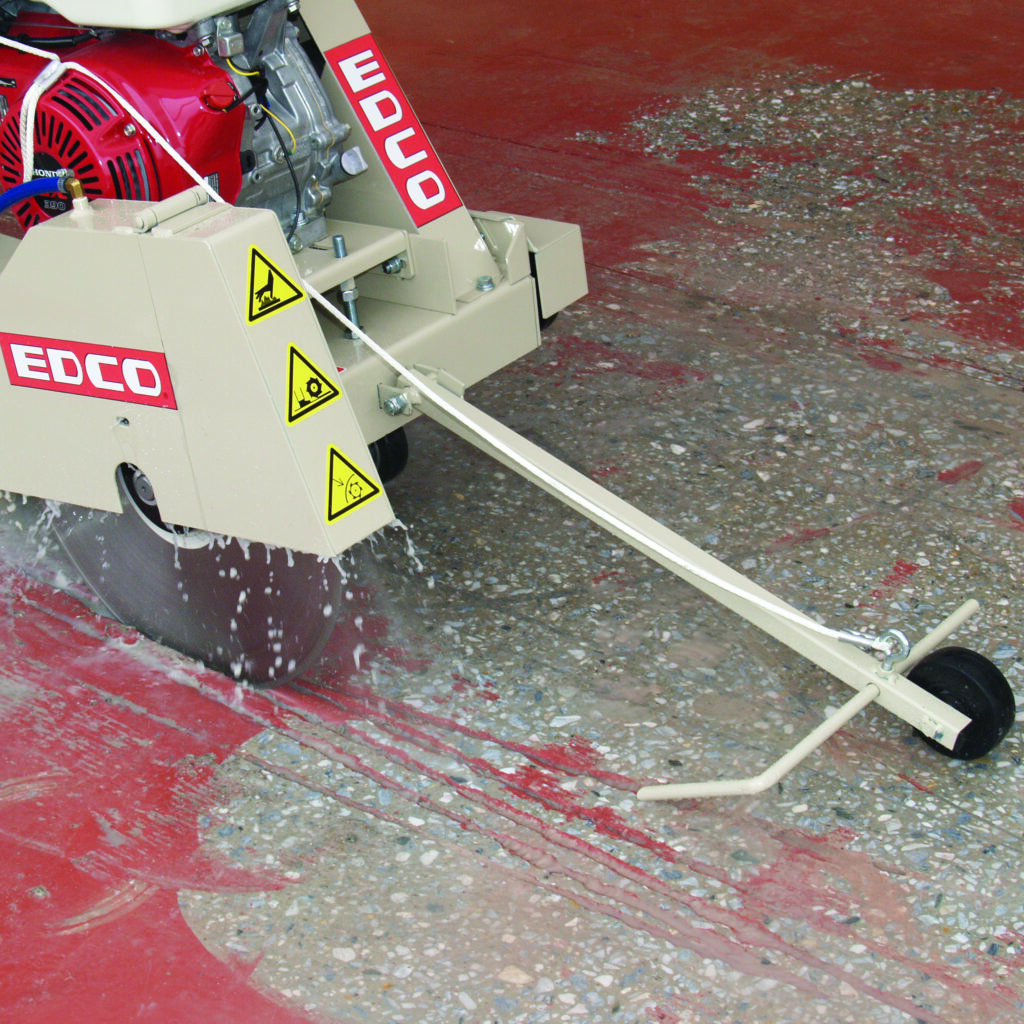When To Use Handheld vs. Walk-Behind Saws
Understanding the difference between handheld and walk-behind saws can be challenging. However, knowing which type of saw best suits the task is essential to get the job done right. You wouldn’t use a handheld circular saw to grind an entire floor. This post will delve into when to use a handheld versus walk-behind saw so your team can make informed decisions before tackling their next project.
Defining Handheld Saws
A handheld concrete saw is a powerful tool for quick, precise cuts on concrete surfaces. These saws utilize a motorized blade such as a chain, diamond blade, or abrasive wheel to provide cutting power.
Examples of handheld saws include:
- Chainsaws
- Circular saws
- Cut-off saws
Due to their small size, handheld saws are perfect for smaller projects; they work in tight spaces where walk-behind saws can’t fit. Tile saws are another excellent example of handheld saws. Professionals can use this type of saw to cut brick or stone into single pieces used for landscaping.
Defining Walk-Behind Saws
A walk-behind saw is a motorized cutting tool that cuts through concrete, asphalt, brick, and other hard surfaces. Walk-behind concrete saws use a rotating diamond blade to make straight cuts or curves on the surface; the blade of walk-behind saws usually ranges from 14″ up to 48″.
Unlike handhelds, walk-behind saws are ideal for grinding entire floors and other large-scale projects, such as leveling out sidewalks or roads. They also have adjustable depth settings that allow them to make shallow or deep cuts depending on the job requirements. This is ideal when grinding an uneven surface; you must cut deeper on a raised surface to level the floor.

Knowing Which To Use
The type of saw to use depends on the size and scope of the project. If you need to work in confined areas, a handheld saw would best suit that task. However, if you have a large-scale project or are cutting an entire floor, using a walk-behind saw is likely your best bet.
Consult an expert if you’re unsure whether to use a handheld or walk-behind saw. The company you rent or buy the machine from should fully understand its tools. A professional will use their industry knowledge to direct you toward the best saw option for your project.
Contact EDCO
At EDCO, we prioritize educating our buyers on ideal machine use and safety before making a sale. We carry various types of concrete saws, attachments, and safety essentials. Contact our team if you have questions about our options or need help deciding which one to buy.